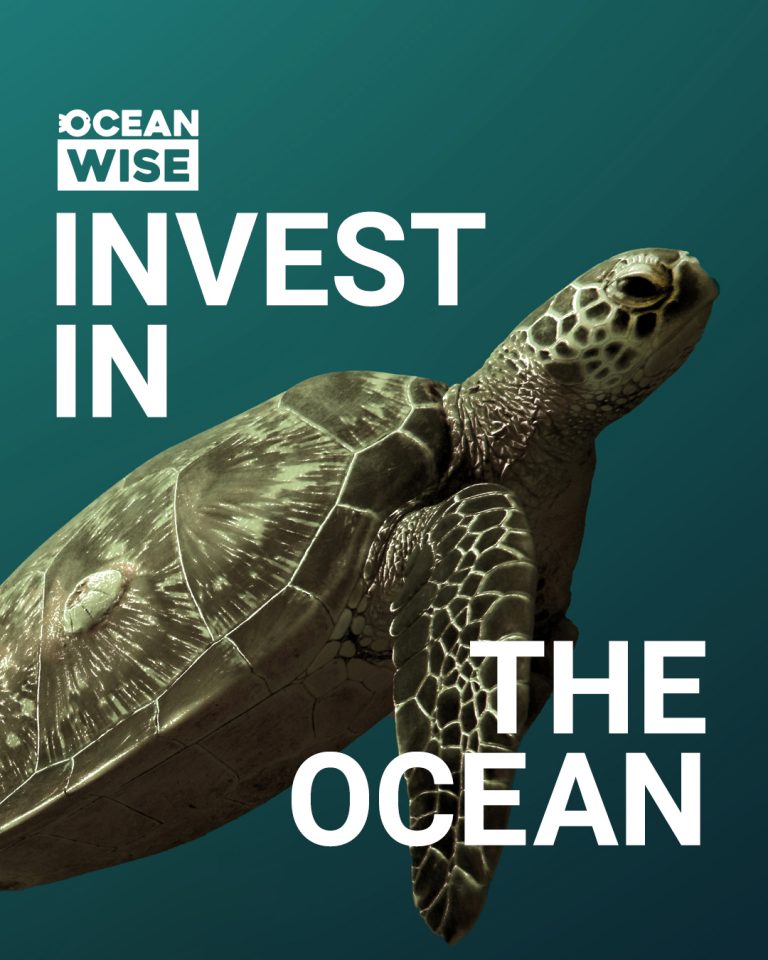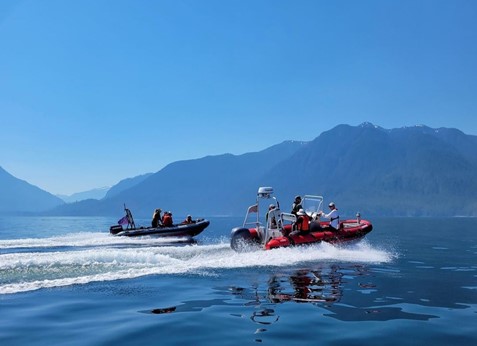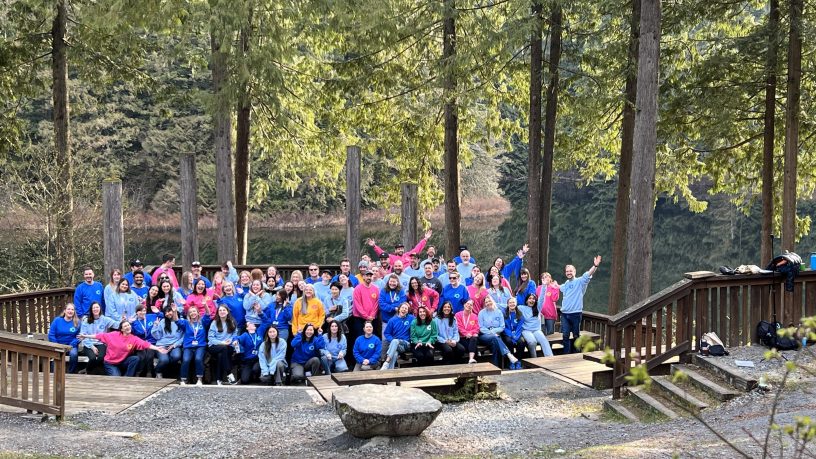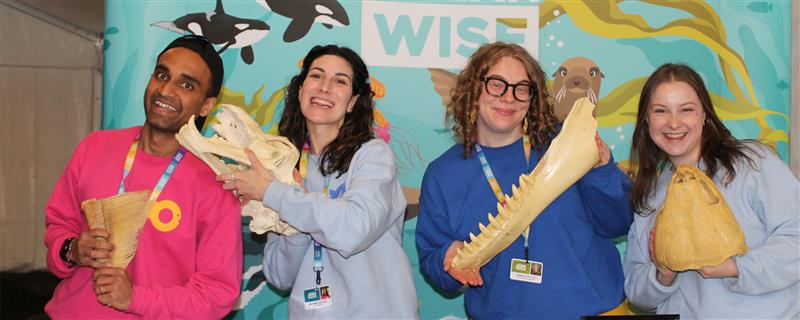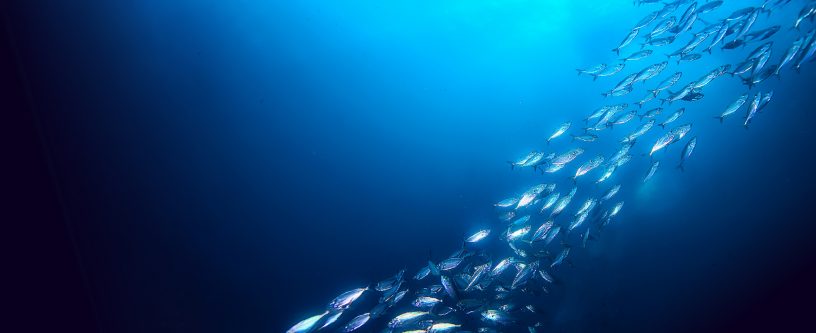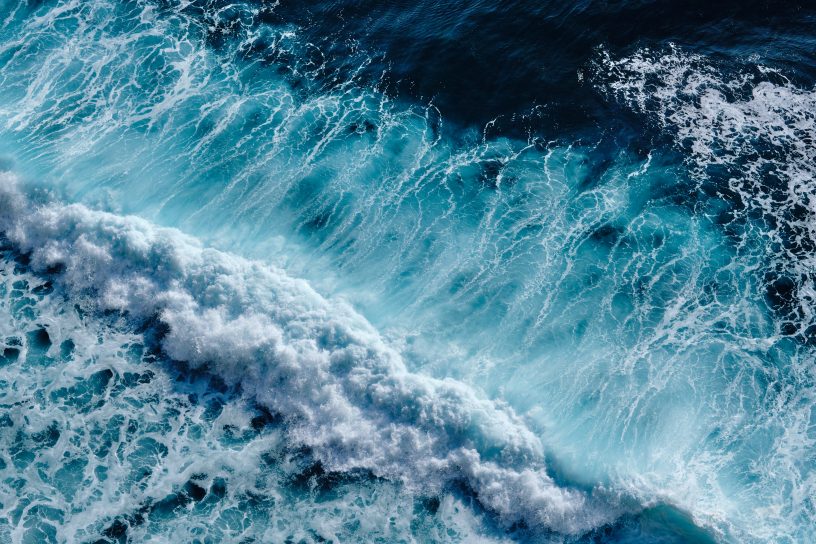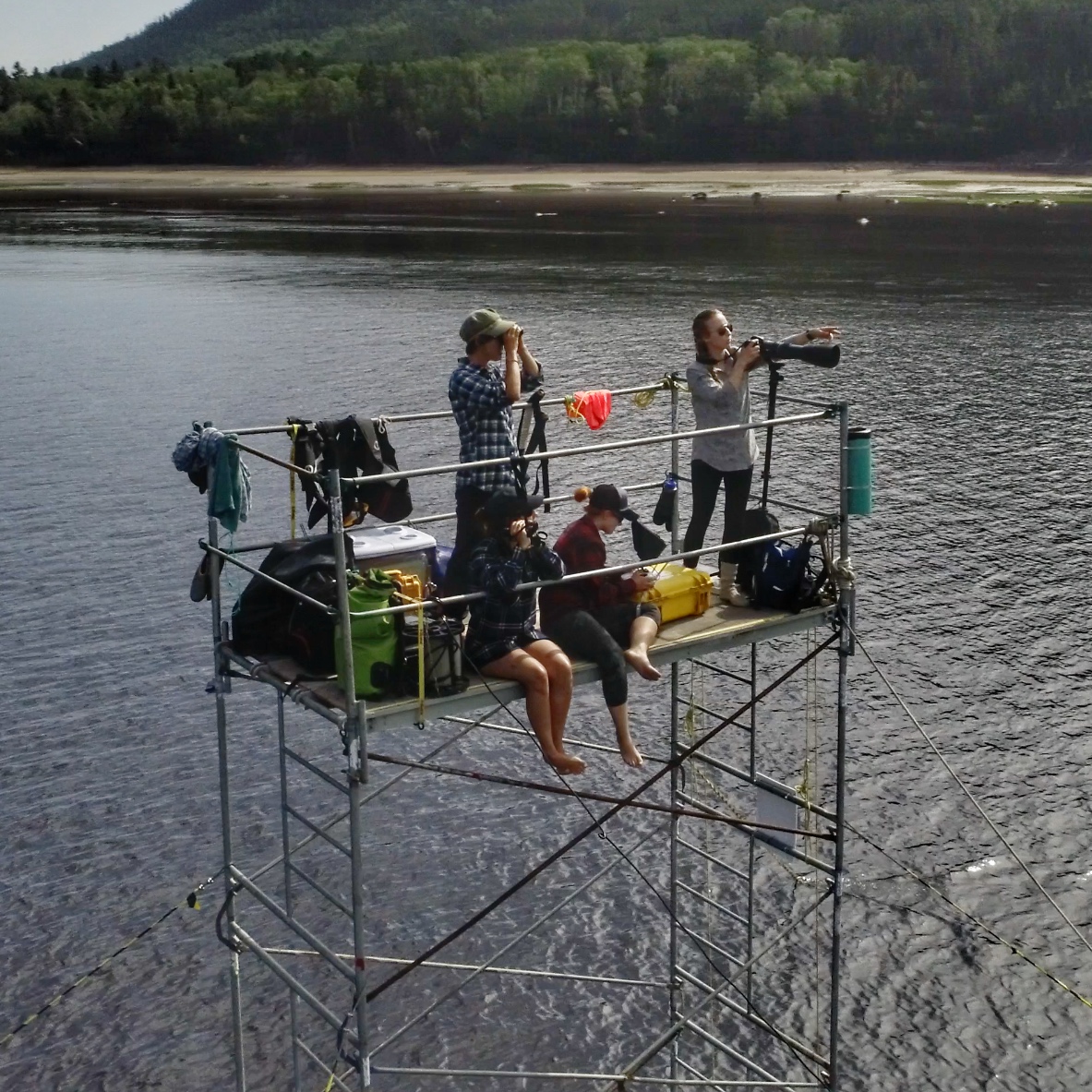
“Mom, Can You Hear Me?”
With more than 100 drone flights, four weeks of nearly continuous beluga whale recordings, and belugas in Sainte-Marguerite Bay nearly every day, the second season on the research tower in Quebec’s Saguenay-St Lawrence Marine Park was productive beyond our wildest dreams. It is hard to believe that another season has come and gone!
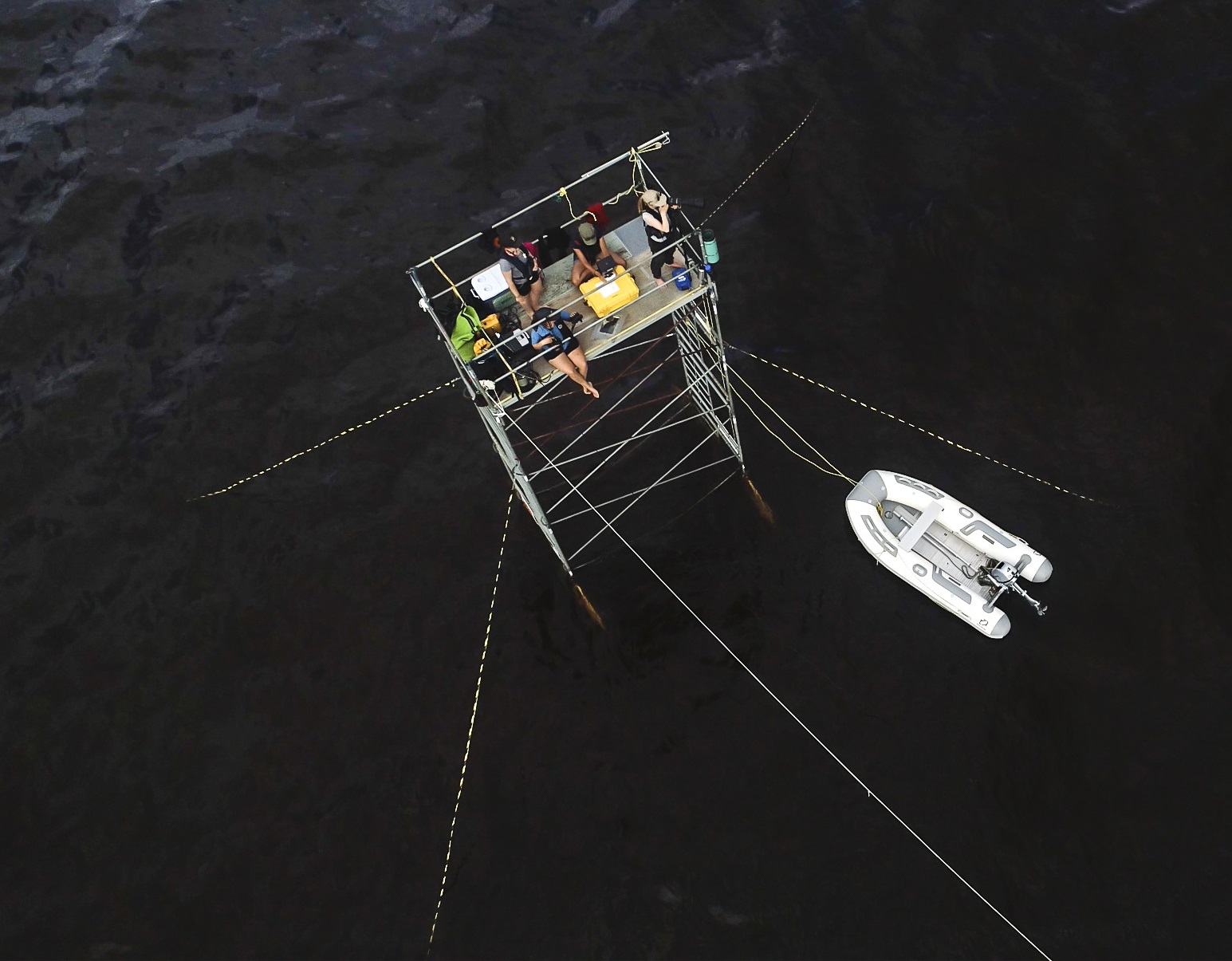
This year, we were a team of four scientists, compared to last year’s team of three (and sometimes two.) More hands made the strenuous journey to the research tower and setup and dismantling of our gear every day a little more efficient. The two-by-three metre beluga research platform was as small as it sounds, so each of us attempted to keep to a little corner, making sure to warn the others if there would be any displacement at all towards another person’s “turf.”
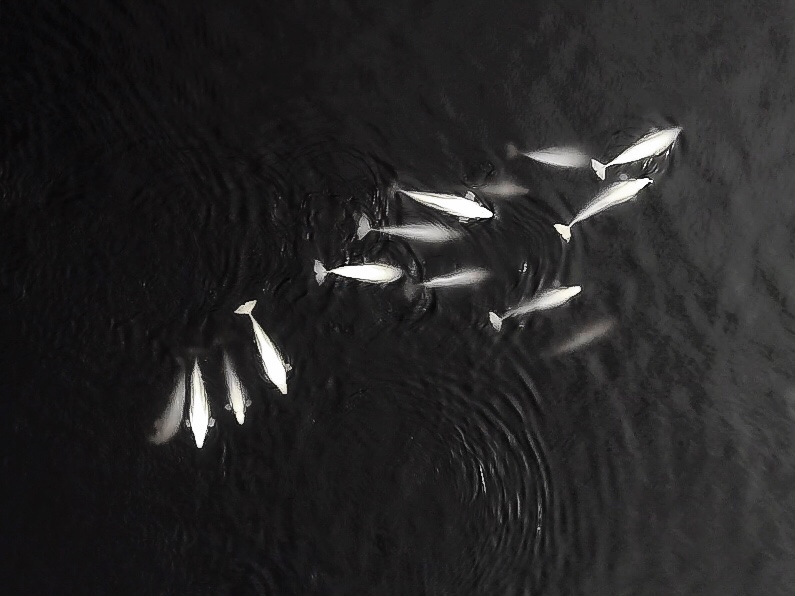
Each of us had a task at the tower. Josephine Schulze was responsible for photo-identification work: an important aspect of the study that allows us to know which whales visit the bay every day. Jaclyn Aubin used our small drone to fly over groups with calves or yearlings, essential for her Masters of Science project on cooperative care of the young. Her study is highly compatible with our ongoing mother-calf communication study, which looks at how noise may disturb the important acoustic bond between mothers and their newborn calves (a collaboration between Ocean Wise and the Group for Research and Education on Marine Mammals, in Tadoussac).
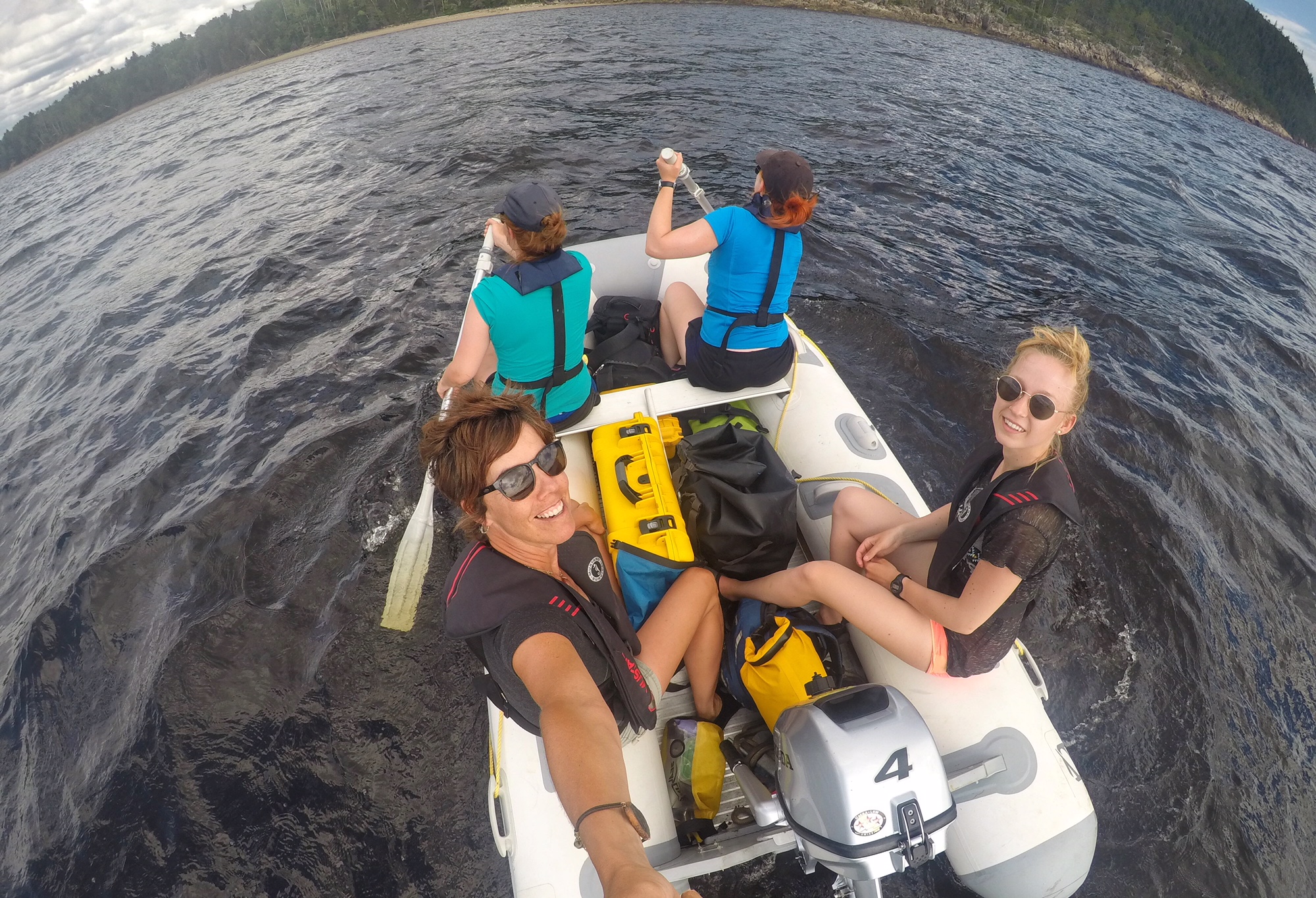
To this end, Marie-Ana Mikus and I conducted daily acoustic recordings with two highly sensitive hydrophones and also flew the drone (yes, we are all certified drone pilots!), but we focused on the entire herd instead of on small focal groups. Flying high, we obtained accurate estimates of herd composition, the total number of individuals visiting the bay every day, and the number of mother-calf separations and reunions, pairing this information with our acoustic recordings. We kept a close tally on the number and types of vessels in the area, and their distances from the tower and the whales.
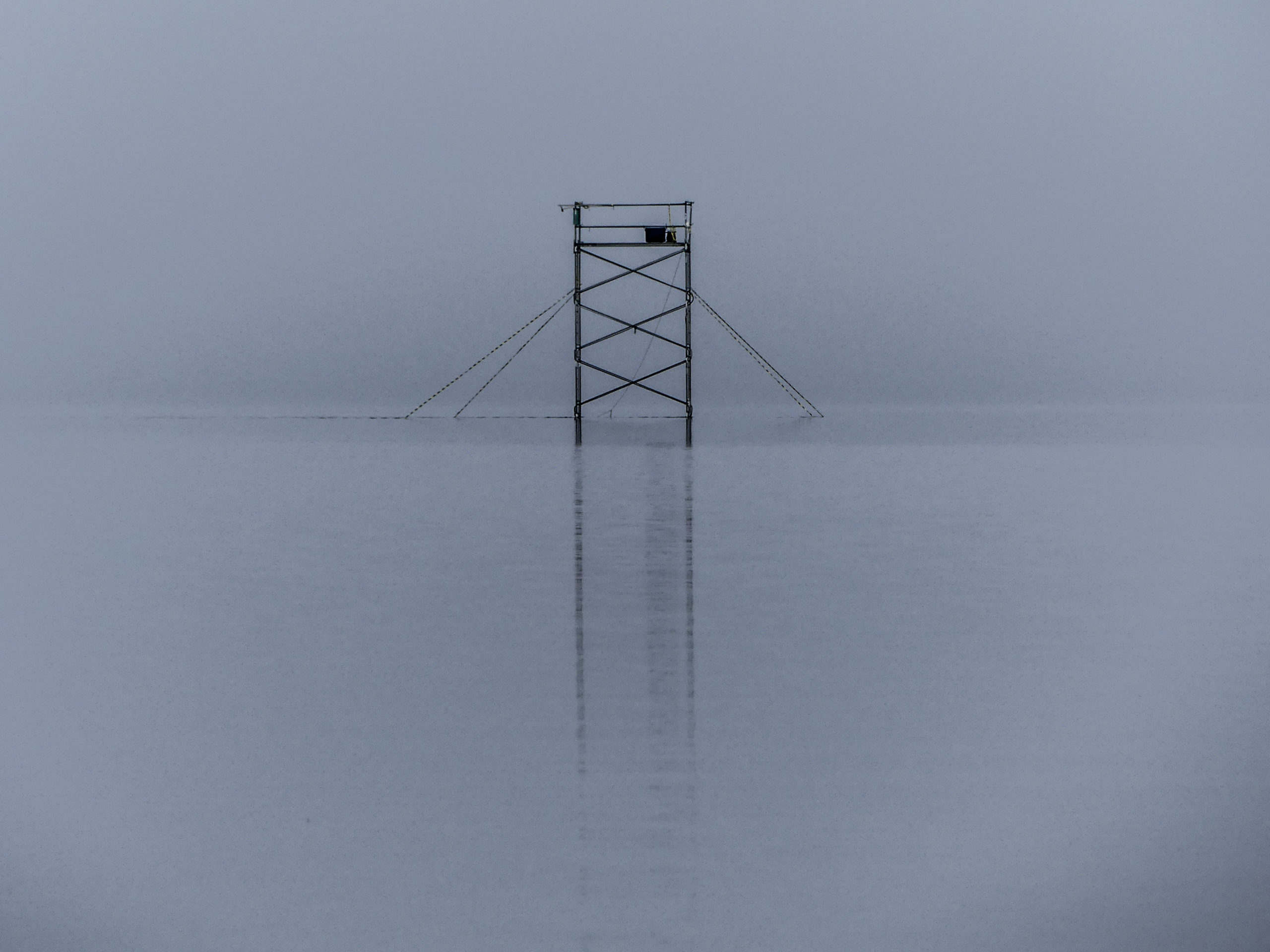
The sounds from one of our hydrophones blasted through the speakers of our field computer every minute of our stay at the tower. When these were beluga sounds, the feeling was wonderful. We often reflected on how familiar these sounds were becoming to us. We could understand the mood (such as aggression or play), we could perceive if we had a group with little calves near the hydrophone (lots of contact calls!) or a group of males (a very different set of sounds!). But we are still so very far from deciphering the exact content of their incredibly diverse signals. Marie-Ana compared this to being immersed in a new foreign language for a while, when the sounds start to become familiar and one begins to get the gist of them but cannot yet understand the language.
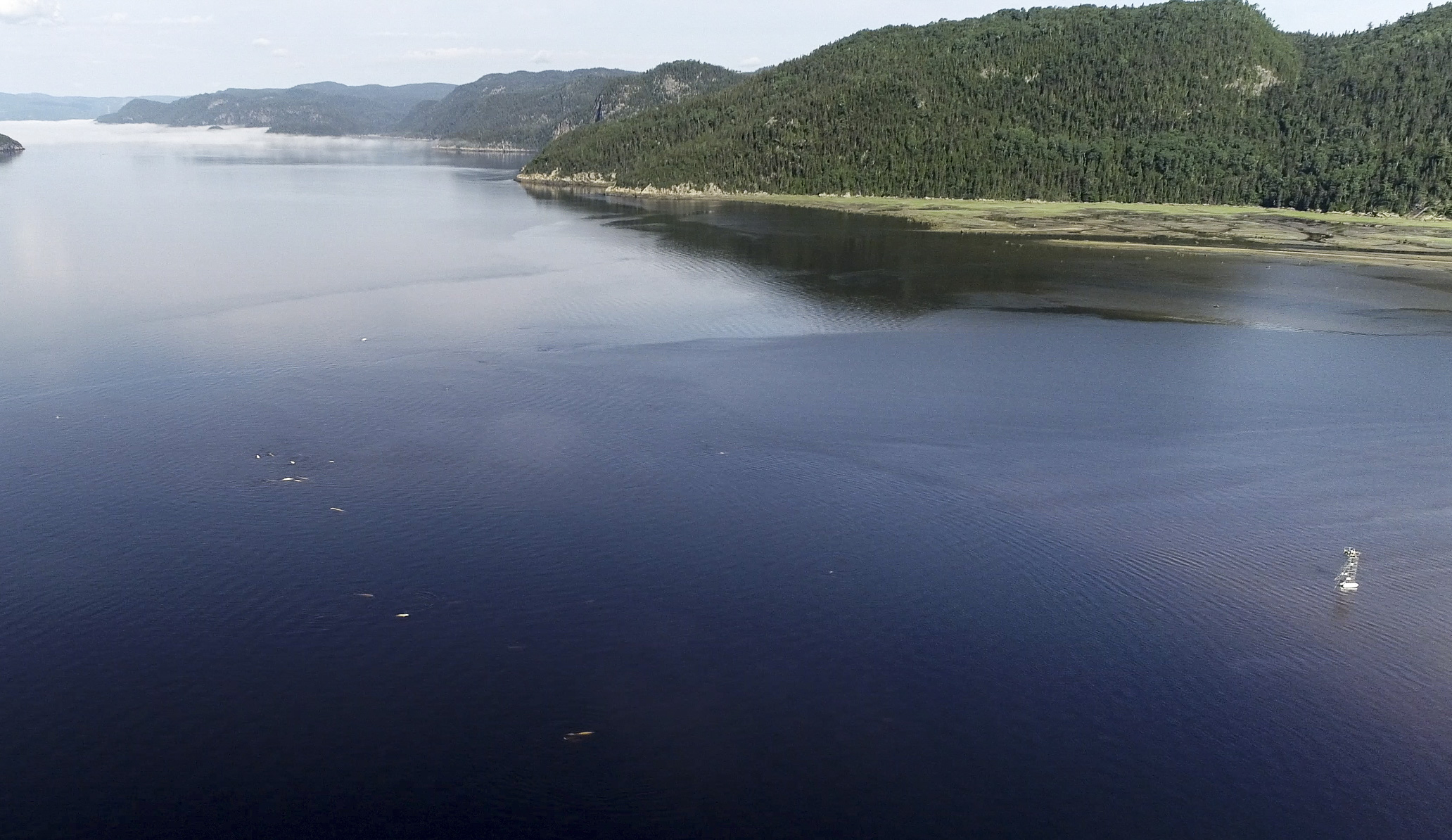
When what blasted through the speakers was vessel noise, however, the feeling was not very pleasant. And this, unfortunately, took place a large part of the day. If this got tiring for us humans on the research tower, we can only imagine what it must be like for such highly acoustic creatures as are beluga whales! The good news: this year there are new beluga protection measures at Sainte-Marguerite Bay that establish this area as an exclusion zone. We are very curious to compare this year’s recordings to last year’s recordings, to explore the extent to which the regulations have made a difference in the acoustic quality of the soundscape in this important area. Judging from the high amount of underwater noise in the area this year, we have the impression that the difference might not be noticeable just yet, as few people are aware of the regulations. It will take time, education, and enforcement to begin to see the difference, but this is undoubtedly a much-needed first step! Acoustic sanctuaries are vital to sound-centered species, and our beloved St. Lawrence beluga whales need all the help they can get.
Dr. Valeria Vergara is an Ocean Wise researcher studying beluga acoustic communications. This research was generously supported by the Sea World and Busch Gardens Conservation Fund, the Fondation de la faune du Québec, Earth Rangers, and the Kenneth M. Molson Foundation.
Posted September 21, 2018 by Ocean Wise

